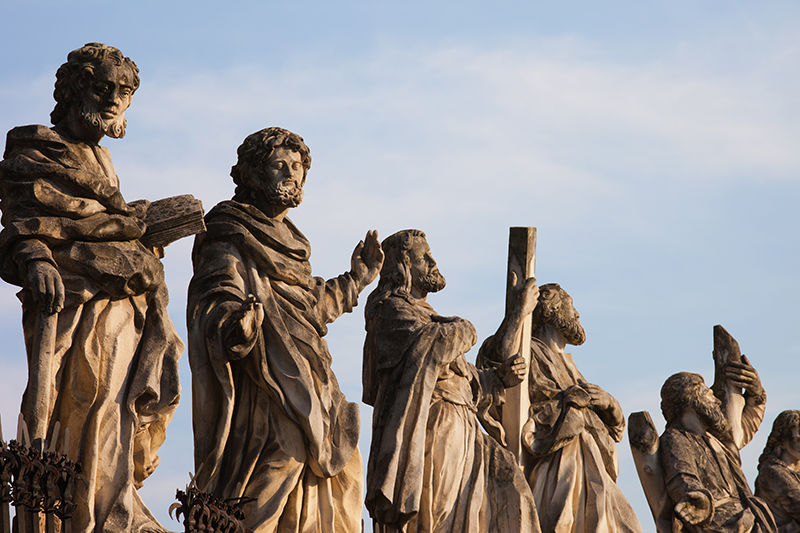It is the age between our Lord’s first coming and his last. We live in the new world begun by his life, death, resurrection and ascension, by the sending of his Spirit upon the Church. But we await the day when he will come again in glory.
“Lo, the day is coming,” Malachi warns in the first reading. The prophets taught Israel to look for the Day of the Lord, when he would gather the nations for judgment (see Zephaniah 3:8; Isaiah 3:9; 2 Peter 3:7).
Jesus anticipates this day in the Gospel. He cautions us not to be deceived by those claiming “the time has come.” Such deception is the background also for the epistle (see 2 Thessalonians 2:1-3).
The signs Jesus gives his apostles seem to already have come to pass in the New Testament. In Acts, the epistles and Revelation, we read of famines and earthquakes, the temple’s desolation. We read of persecutions — believers imprisoned and put to death, testifying to their faith with wisdom in the Spirit.
These “signs” then, show us the pattern for the Church’s life — both in the New Testament and today.
We, too, live in a world of nations and kingdoms at war. And we should take the apostles as our “models,” as the epistle counsels. Like them we must persevere in the face of unbelieving relatives, friends, forces and authorities hostile to God.
As we do in the psalm, we should sing his praises, joyfully proclaim his coming as Lord and king. The Day of the Lord is always a day that has already come and a day still yet to come. It is the “today” of our liturgy.
The apostles prayed marana tha — “O Lord come!” (see 1 Corinthians 16:22; Revelation 22:20). In the Eucharist he answers, coming again as the Lord of hosts and the sun of justice with its healing rays. It is a mighty sign — and a pledge of that day to come.
Scott Hahn is founder of the St. Paul Center for Biblical Theology, stpaulcenter.com.

